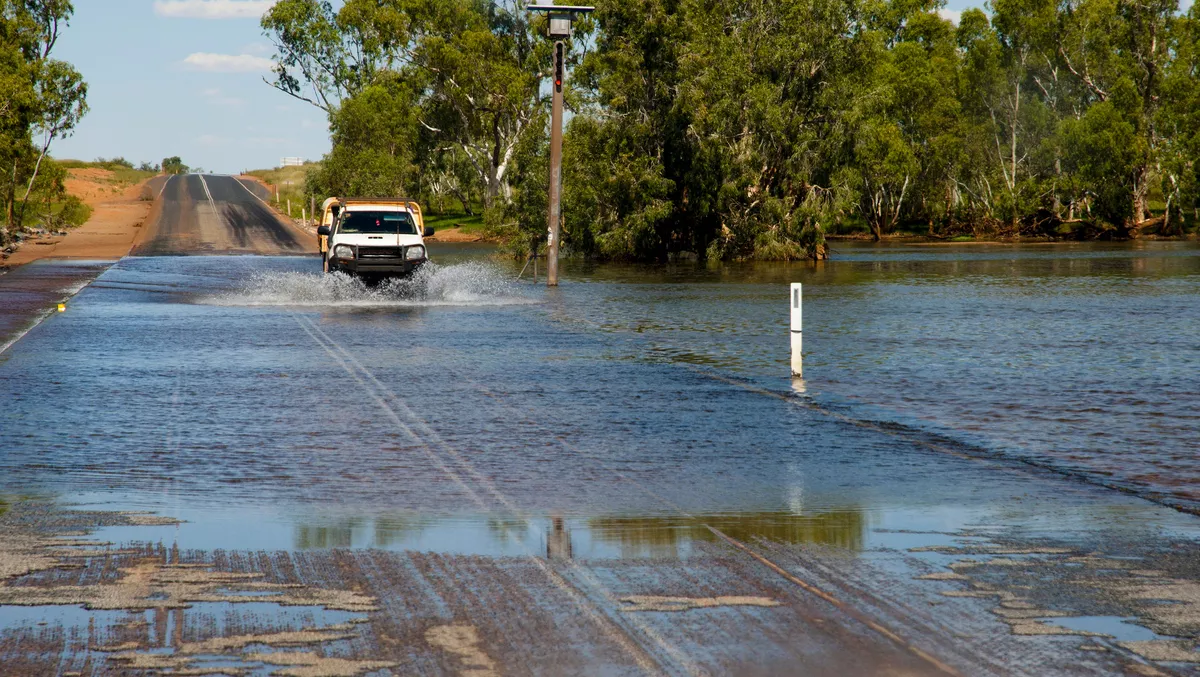
How rugged devices can support organisations when the cloud goes out
The risk of businesses' operational and technological footprints being impacted by extreme weather events continues to grow as climate change increases the frequency of such events. As such, simply backing up critical data is no longer sufficient to protect an organisation. Instead, an organisation's in-house technology is once again mission-critical, especially in the case of a disaster when the cloud might be out.
Storms, cyclones, floods, bushfires, and other extreme weather events can have catastrophic impacts on a business. Therefore, their potentially devastating effects need to be considered in every organisation's risk management calculations and mitigation measures, especially as digital transformation continues to evolve businesses.
The rise of distributed computing has led to many organisations moving some or all of their computing workload from in-house devices to the cloud or the edge. However, these sources may be inaccessible during a major disaster, leaving businesses to rely on their in-house technology in the interim.
Further to this, teams might be forced to operate without specific resources, such as:
- Power: a natural disaster can impact access to electricity, damaging local wiring or forcing businesses to run off backup generators with a finite fuel supply.
- Connectivity: if power is disrupted, Wi-Fi and mobile coverage could also be impacted and unavailable. While analogue radio backups can help fill communications gaps in the absence of mobile service, they may not always be available.
- Backups: interrupted access to distributed computing and the cloud means that in-house devices will likely need to carry an organisation's entire computing workload.
For critical industries, technology needs to be able to work around intermittent or unreliable power supplies and connectivity. They also need to have powerful and reliable computing capabilities that reduce the chance of them overheating or freezing up under strain and extensive data storage that can be replaced without operational interruption.
Rugged devices bridge the gap
The effects of a natural disaster can be devastating, and it's unlikely that in-house consumer-grade, business-grade, or enterprise-grade technology will be robust enough to withstand extreme weather events. In comparison, fully rugged devices are built specifically to endure exposure to the elements and deliver the flexibility and capability that businesses require in the aftermath of a disaster. They can help to ensure maximum availability.
However, not every rugged device is built the same. Just because a device is labelled as rugged doesn't always make it so; consumer or enterprise vendors often develop a so-called rugged device that lacks the genuine features required. Organisations should look for the following elements to determine if a rugged device will suit their post-disaster needs:
- Certifications: rugged devices should be certified IP65 or higher to withstand long periods of rain and MIL-STD-810H rating to withstand general abuse.
- Robust support: rugged devices should offer a reliable, long battery life and, ideally, a multi-battery design and hot-swap capabilities so they never need to be plugged in or interrupted while operating. It's also recommended to look for a vendor that offers a compatible battery charging hub to reduce the risk of electrical and fire hazards. In terms of connectivity, devices should be able to leverage any available Wi-Fi technology, have mobile backup capabilities, and provide a GPS module.
- Comprehensive security: extreme weather events and natural disasters don't offer a grace period for security threats, so organisations must invest in rugged devices that offer multifactor security features, such as password protection, facial recognition, or smart card reading.
Rugged devices should also offer features like large, bright screens to ensure information can be seen clearly during a huddled briefing, even in broad daylight, without being so large that it's impractical as a mobile device. They should also have a service life of at least five years and be supported by plenty of data storage and computing horsepower.
For devices to survive a disaster scenario, organisations need to look for certified rugged devices that deliver a stable, all-in-one mobile solution that is highly resistant to stress and damage. This level of functionality and support is rarely found in off-the-shelf enterprise gear, so it's essential to look for a rugged specialist that will deliver technology that can be specifically tailored to meet an organisation's rugged needs.

